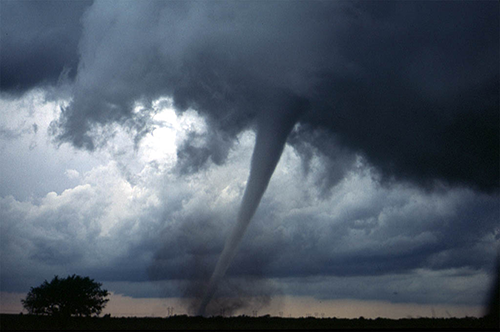Jul 20 2015 Collaboration leverages AmeriCorps members to help communities meet challenges of climate change
 The White House recently announced the creation of the Resilience AmeriCorps pilot program, launched by a coalition of cross-sector partners, including several government agencies — the Corporation for National and Community Service (CNCS), the Department of Energy (DOE), the Environmental Protection Agency (EPA), and the National Oceanic and Atmospheric Administration (NOAA) — and two non-profit organizations (The Rockefeller Foundation and Cities of Service).
The White House recently announced the creation of the Resilience AmeriCorps pilot program, launched by a coalition of cross-sector partners, including several government agencies — the Corporation for National and Community Service (CNCS), the Department of Energy (DOE), the Environmental Protection Agency (EPA), and the National Oceanic and Atmospheric Administration (NOAA) — and two non-profit organizations (The Rockefeller Foundation and Cities of Service).
In 2013, President Obama established the State, Local, and Tribal Leaders Task Force on Climate Preparedness and Resilience to help communities nationwide contend with the impacts of climate change and extreme weather. The launch of the Resilience Americorps program builds on the President’s Climate Action Plan and the Task Force’s recommendations on how to address this issue.
“National service is a powerful and proven solution to local issues communities face today, including making communities more resilient, especially those most vulnerable in the face of disasters,” explained Wendy Spencer, CEO of CNCS, the organization that oversees the AmeriCorps VISTA (Volunteers In Service To America) program, which taps the skills, talents, and passion of more than 8,000 Americans annually to support community efforts to overcome poverty.“This partnership will expand the role of our AmeriCorps VISTA members in strengthening communities and will build on [its] history of partnering with federal agencies, philanthropy, and city leadership.”
“This partnership will expand the role of our AmeriCorps VISTA members in strengthening communities and will build on [its] history of partnering with federal agencies, philanthropy, and city leadership.”
The Resilience AmeriCorps program will start in 2015, sending AmeriCorps VISTA members to up to 12 communities to help them develop resilience strategies related to issues around climate change and extreme weather that will “help communities better manage the unavoidable and avoid the unmanageable.” The program will focus on communities that are environmentally overburdened and most in need of additional resources to both prepare for and respond to extreme weather related to climate change.
Each stakeholder involved in this project recognizes the importance of collaboration in its implementation. “At the Department of Energy, we are strong advocates for public-private partnerships to enhance the resilience of our Nation,” said Deputy Energy Secretary Liz Sherwood-Randall.
“With collaborative efforts across all sectors we can ensure our country is prepared for the inevitable shocks and gnawing stresses so that disruptions no longer become disasters,” said Dr. Judith Rodin, President of The Rockefeller Foundation.
This partnership is not the first in the attempt to increase the resilience of communities susceptible to climate change. One of our cases explores the cross-sector collaboration that resulted in the creation of SF72.org, a disaster mitigation and resilience planning platform that surpasses traditional emergency management, coordinating existing resources and relationships throughout the San Francisco and the Bay Area to create a culture of preparedness. SF72.org was a joint effort between IDEO, a design and innovation consulting firm, several nonprofits (including the American Red Cross and the Neighborhood Empowerment Network), and several local government agencies (including the Department of Emergency Management). Each sector’s importance to the project is reflected in the design of the SF72 platform, which incorporates the needs and abilities of each organization.
On July 15, the White House hosted a Google+ Hangout to discuss the new Resilience AmeriCorps initiative, with representatives from the agencies involved. You can view the Hangout here:
